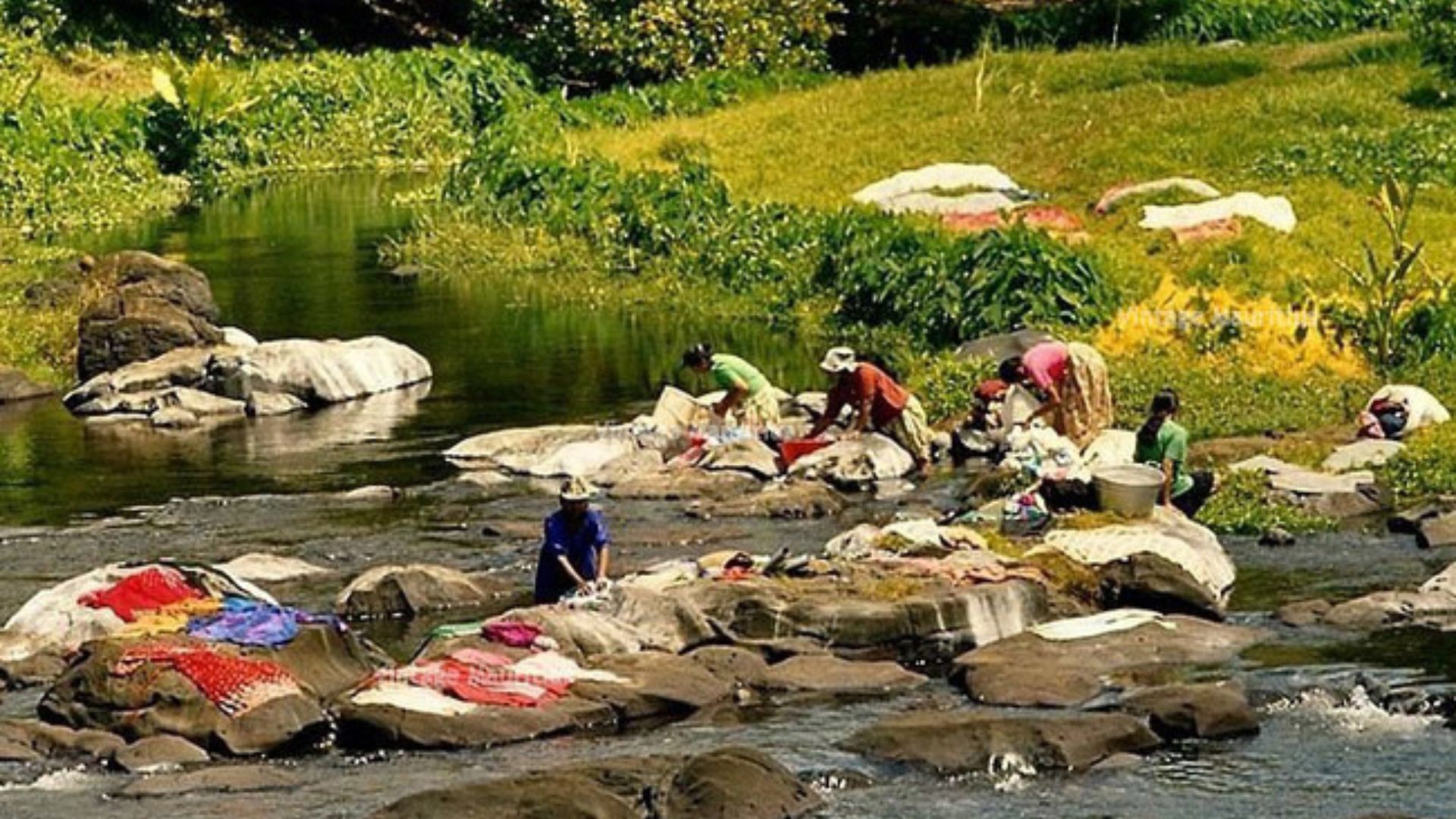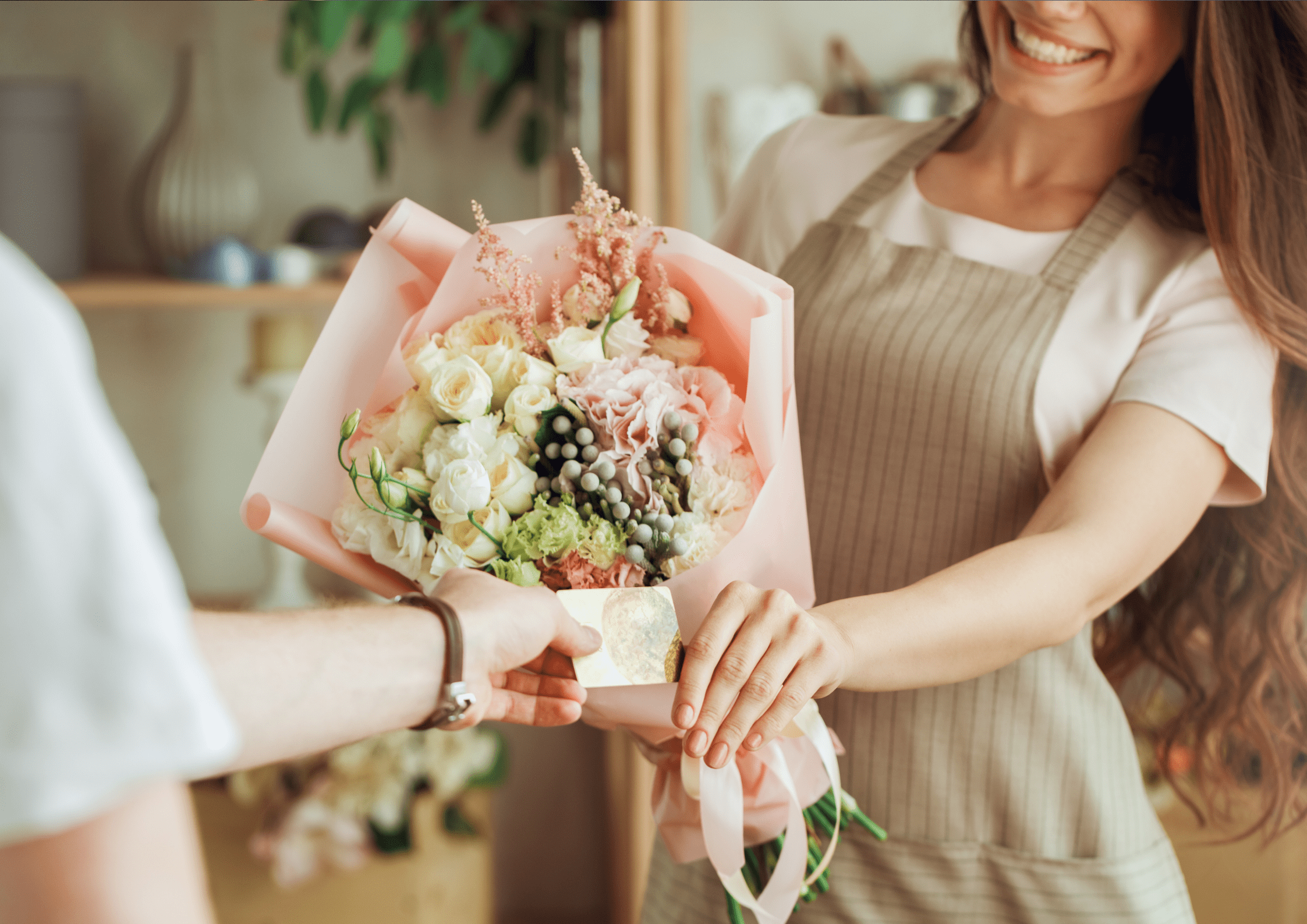Mauritius: A traditional Marathi wedding – Part 1/2
It was Saturday evening, and I was on my way to a Marathi (from the region of Maharashtra – India) pre – wedding ceremony. One of my closest and longtime friend was getting married in a few days. On the eve, she did the coconut bath, a pre – wedding ritual for the Marathi community. This bath, given by five married women symbolizes purity, freshness and above all reduces stress for the bride-to-be. After the bath, kanawlas (traditional sweet cake from Maharashtra) were distributed to few relatives present whilst a veg meal was served.
The Maharashtrian version of the Haldi ceremony is called Halad Chadavane. This ceremony is held a day prior to the wedding day, and it holds great importance to both the Marathi bride and groom. The ritual is done early morning before sunrise. Five married women apply saffron (turmeric paste) to the bride while a small girl sits next to her like a little guardian. Most importantly, the bride is given a lemon piece on a pocketknife covered with a cloth for protection. She will have to keep it with her until the wedding day to cast away evil eyes and draw protection. The first saffron is put on a stem then applied on the bride with mango leaves. The Ushti Halad (leftover Haldi/saffron) of the groom is then sent to the bride’s place, where it is applied to her face and body by five married women, symbolizing the unity of two bodies. The Yajmanpan prayer is afterwards offered, whereby five pots of water, representing five sacred lakes in India, is sanctified. The pots will be well kept to be used on the wedding day.
The Haldi sacred rituals being over since morning, I arrived at her place around seven pm where I could see a marquee had been erected in the yard. Beautifully decorated, there was a musical band playing inside where a lady was singing some mixed songs (Bollywood, Marathi, Bhojpuri). I was greeted by the bride’s mother, dressed in a beautiful saree, and invited to eat the traditional 7 cari (seven varieties of vegetable curries) with wara (corn based puri) and aamti (dhall based drink), all Maharashtrian specialties. After dinner, I asked to see the bride who was still getting ready. I was directed upstairs and knocked on her room door. Silly me, I was so happy to see her that I was halfway to hug her when I realized it was forbidden to kiss or hug a bride-to-be after the sacred saffron ritual. Superbly dressed in a traditional Marathi saree of orange and dark blue colour, her makeup artist was busy with the final touch, and I had to admit she had a flawless make up. I stayed for a few minutes to chat with her and helped her pin her shawl. When she was ready, she greeted her guests and sat in a place where everyone could see her. There was singing and dancing along with the musical band and I could watch the bride enjoying her last single woman evening before her wedding day.
Zafi



























